Must Visit Historic Places in Western PA
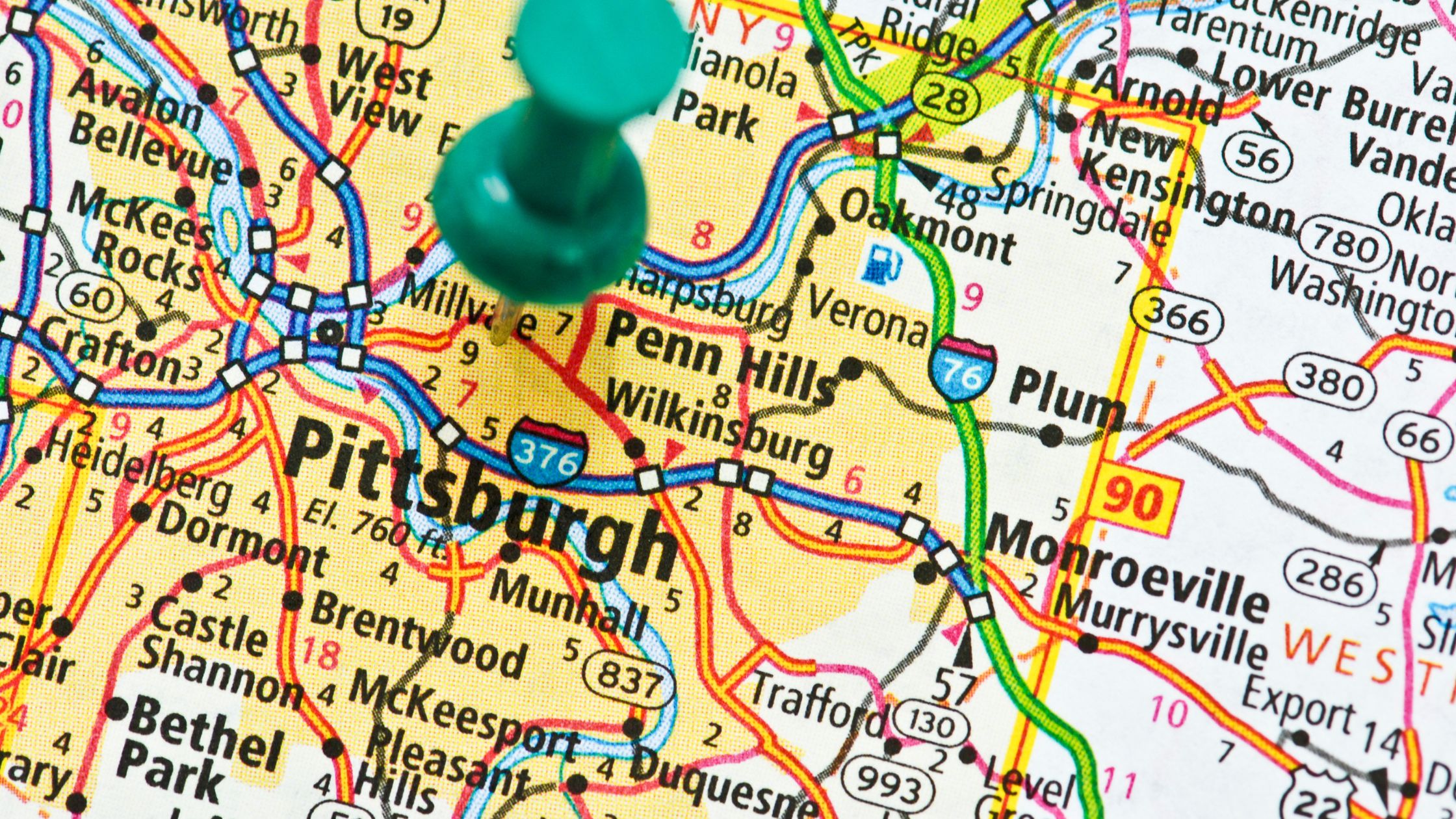
Western Pennsylvania, which I call home, has a rich and diverse history, with a variety of historic sites and landmarks that offer insight into the region’s past. the Historic places in western PA vary from 18th century forts to 19th century industrial towns, the area is a treasure trove of American history.
Visiting these historic places not only allows us to learn about the past, but also to gain a more in-depth understanding of the present. In this post, we will take a look at some of the best historic places to visit in Western Pennsylvania, from Pittsburgh to Ambridge.
Top Historic Places in Western PA to Visit
Whether you’re a history buff or simply looking for a new and interesting place to visit, these sites that are in my backyard are sure to provide an engaging and enlightening experience. Enjoy!
1. Fort Pitt Museum & Block House
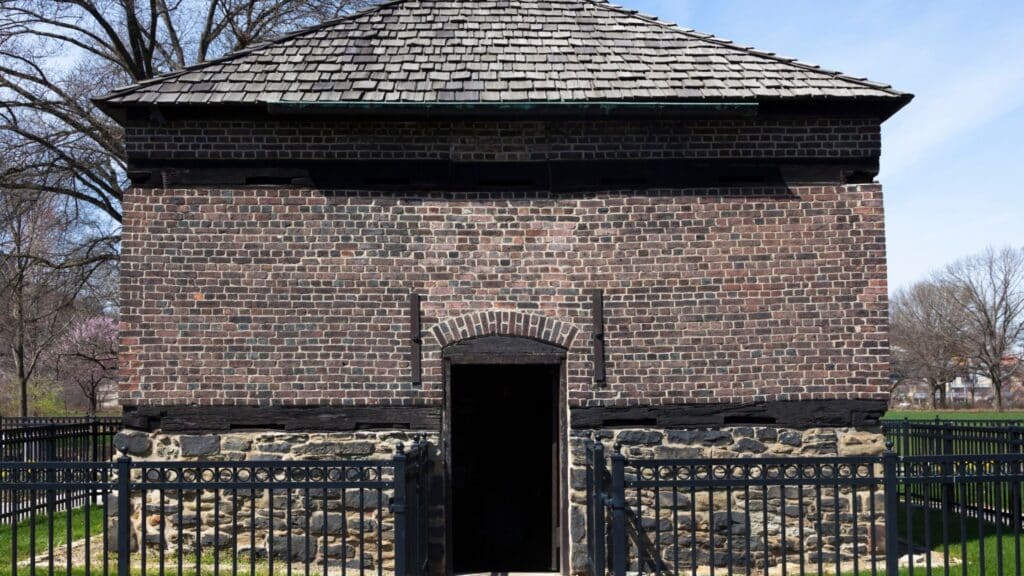
The Fort Pitt Museum and Blockhouse in Pittsburgh, which tells the story of the 18th-century fort that played a key role in the French and Indian War and the American Revolution.
The Fort Pitt Museum is located in the heart of downtown Pittsburgh and offers a glimpse into the history of Western Pennsylvania during the 18th century. The museum’s exhibits focus on the French and Indian War, which was fought in the region from 1754 to 1763. Visitors can learn about the daily lives of soldiers, settlers, and Native Americans during this time period through interactive exhibits, artifacts, and displays.
The museum is housed in a replica of Fort Pitt, which was originally built by the British during the French and Indian War. The fort played a crucial role in the conflict and was an important hub of activity for the British military and local settlers. Visitors can explore the fort’s barracks, magazine, and other structures, as well as learn about the battles that took place there.
In addition to the exhibits, the Fort Pitt Museum also offers guided tours led by trained interpreters. These tours provide a more in-depth look at the history of the fort and the events that took place there. The museum is open daily, and visiting hours vary depending on the season.
Overall, the Fort Pitt Museum is a must-visit for anyone interested in the history of Western Pennsylvania and the French and Indian War. It offers a unique and immersive experience that brings the past to life and provides a more in-depth understanding of the region’s rich history.
2. Heinz History Center
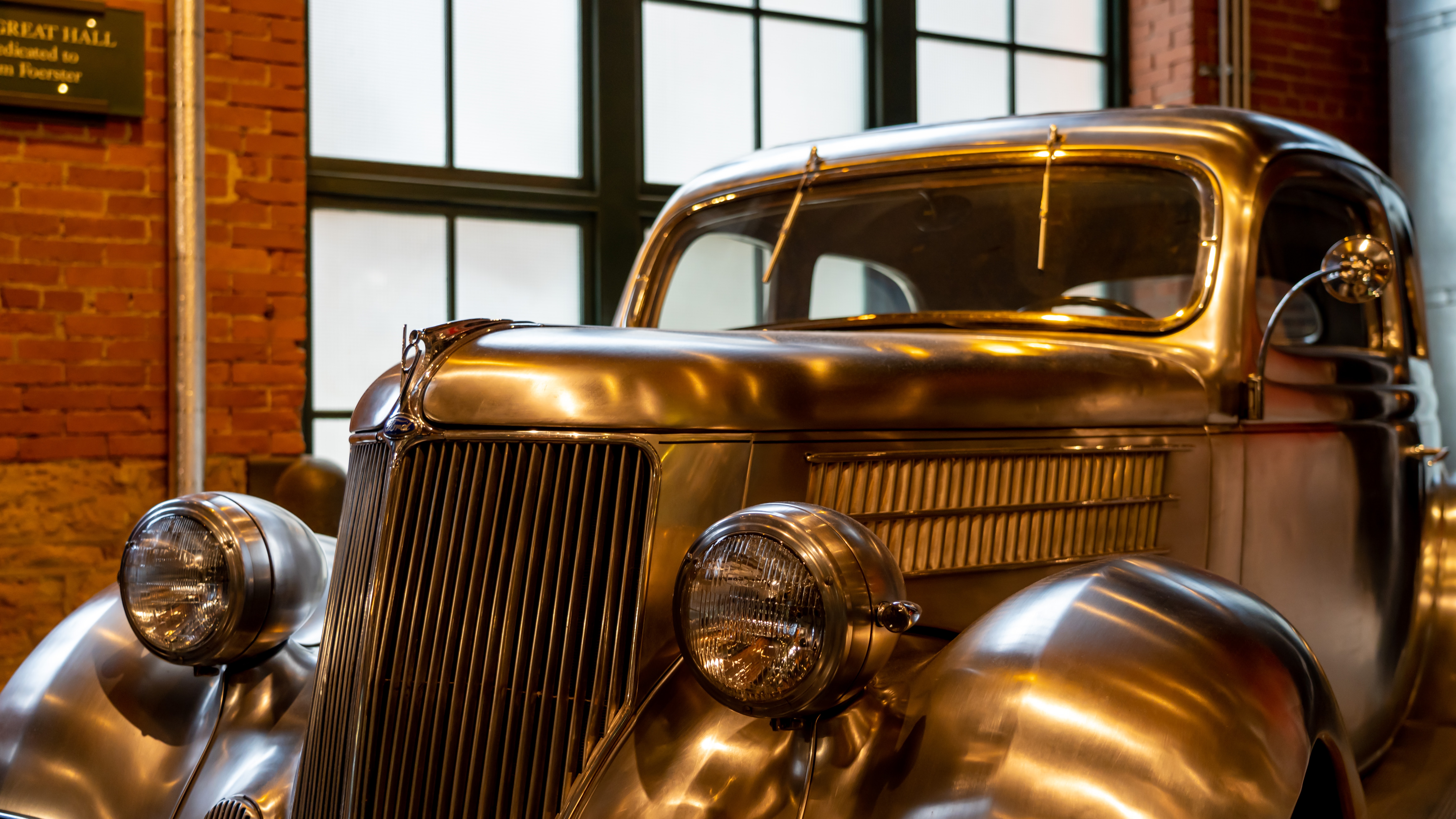
The Senator John Heinz History Center is a Smithsonian Affiliate museum located in Pittsburgh, Pennsylvania. It is dedicated to preserving and interpreting the history of Western Pennsylvania and the surrounding region. The museum features a wide range of exhibits, artifacts, and interactive displays that cover topics such as industry, immigration, and community life.
One of the highlights of the museum is the “Heinz Pittsburgh” exhibit, which tells the story of the Heinz family and their impact on Western Pennsylvania. The exhibit includes artifacts and photographs from the family’s history in the region, as well as information about their role in the food industry and their philanthropic efforts.
Another popular exhibit is the “Pittsburgh: A Tradition of Innovation” which covers the city’s industrial and technological history, featuring the stories of innovators such as Andrew Carnegie and George Westinghouse.
The Senator John Heinz History Center also offers a variety of programs, events, and tours for visitors of all ages. Additionally, the museum is home to the Western Pennsylvania Sports Museum, dedicated to the region’s sports history.
Visiting hours vary depending on the day of the week and the season. The museum is closed on Mondays, and visitors are encouraged to check the website for the most up-to-date information on hours and admission.
Overall, the Senator John Heinz History Center is a valuable resource for anyone interested in the history of Western Pennsylvania and the surrounding region. The museum’s exhibits and programs provide a comprehensive look at the area’s past and present, making it a must-visit for history buffs and families alike.
3. Flight 93 Memorial
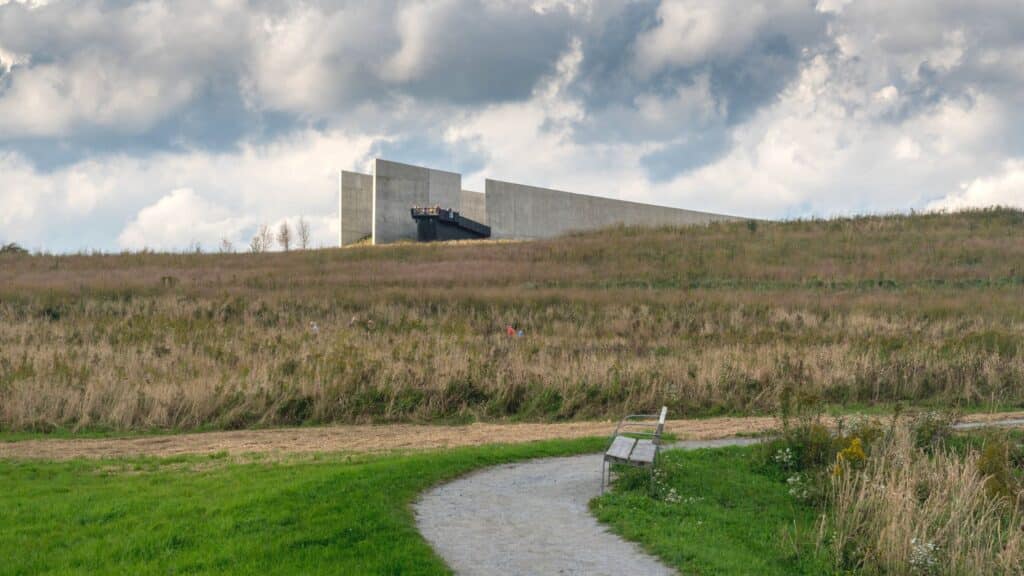
The Flight 93 National Memorial in Shanksville, which honors the passengers and crew of United Airlines Flight 93, who lost their lives on September 11, 2001.
The Flight 93 National Memorial is located in Shanksville, Pennsylvania, and serves as a tribute to the 40 passengers and crew members of United Airlines Flight 93 who lost their lives on September 11, 2001. The memorial honors the bravery and sacrifice of those on board, who attempted to take control of the plane from hijackers, ultimately causing it to crash in a field in Shanksville rather than its intended target.
Visitors to the memorial can take a self-guided tour of the site, which includes a walk along the “Flight Path Walkway” and a visit to the “Wall of Names,” which bears the names of the 40 victims. The memorial also features a “Tower of Voices,” a 93-foot-tall structure with 40 wind chimes, one for each victim. The memorial also features a visitor center, which has exhibits and artifacts related to the events of September 11, 2001 and the passengers and crew of Flight 93.
Overall, visiting the Flight 93 National Memorial is a moving and powerful experience. It serves as a reminder of the heroism and sacrifice of the passengers and crew of Flight 93, and honors their memory in a dignified and respectful manner.
4. Johnstown Flood National Memorial
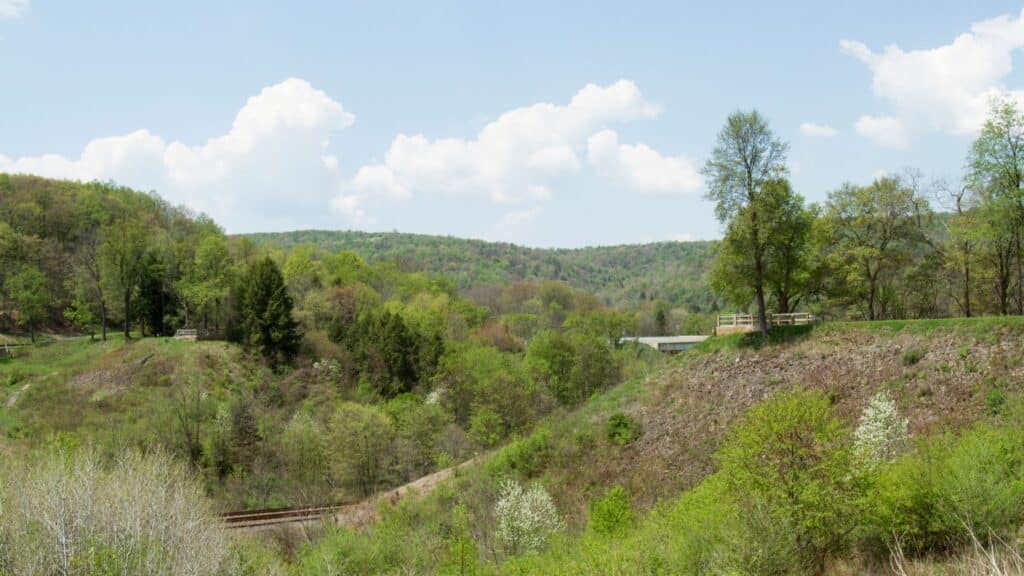
The Johnstown Flood National Memorial is located in Johnstown, Pennsylvania, and it commemorates the tragic events of May 31, 1889, when the South Fork Dam failed, releasing 20 million tons of water from the man-made Lake Conemaugh. The rushing water destroyed everything in its path and killed more than 2,200 people in and around Johnstown.
The South Fork Dam ruins and the remains of the old South Fork Fishing Club are included in a self-guided tour of the memorial, which is open to visitors. The memorial also features a museum that provides information about the history of the flood, its impact on the community, and the rebuilding efforts that followed.
The memorial also offers a guided tour, led by National Park Service rangers, which provides additional information about the events of the flood and the history of the area. Visitors can see the remains of the Cambria Iron Works, which was one of the largest iron and steel companies in the United States at the time of the flood, at the historic town of Johnstown on the tour as well.
Overall, visiting the Johnstown Flood National Memorial is a moving and informative experience. It serves as a reminder of the tragic events of 1889, and honors the memory of the victims and survivors in a dignified and respectful manner. It also helps visitors understand the impact of human actions on the environment and the importance of responsible management of natural resources.
4. Kinzua Bridge State Park
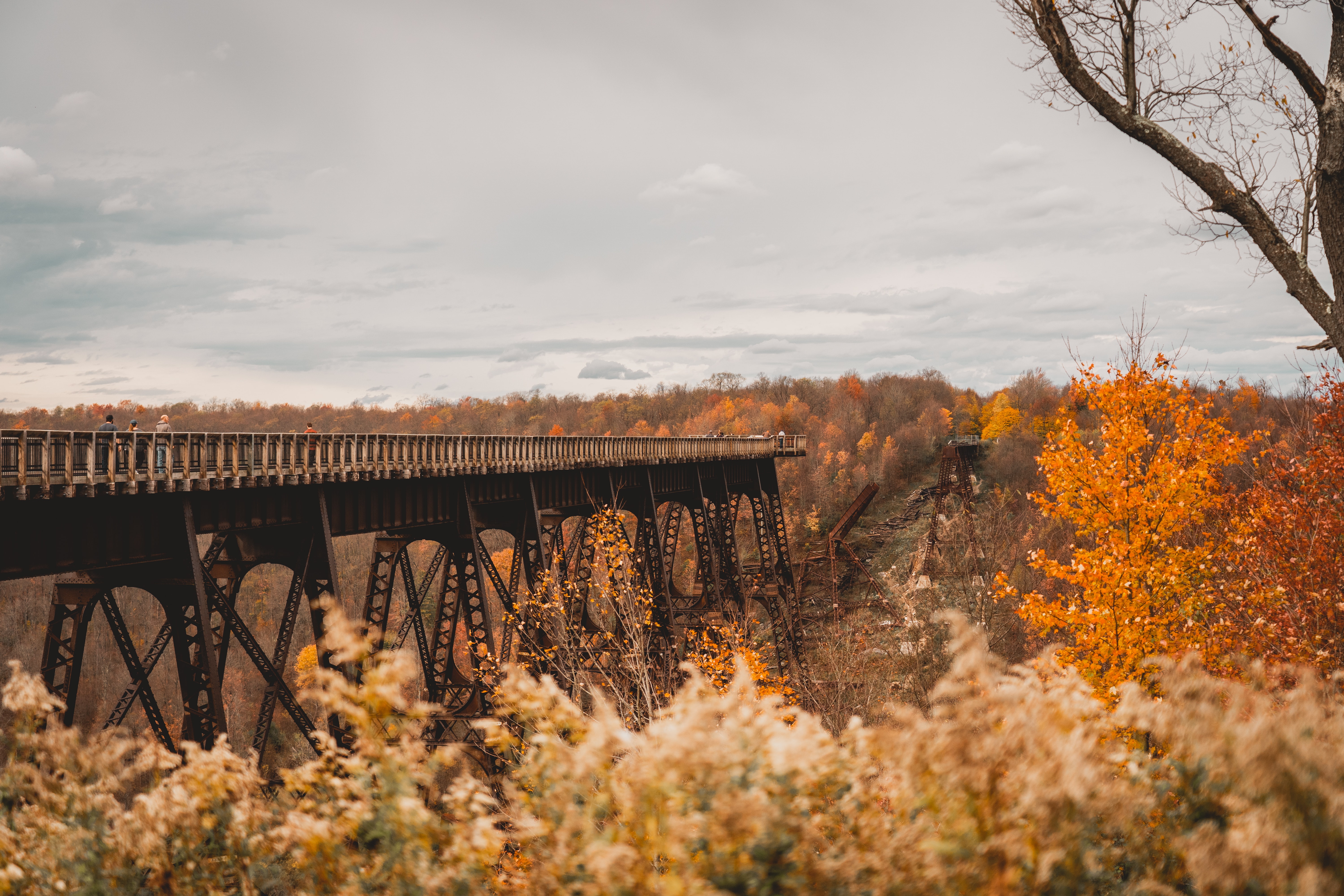
The Kinzua Bridge State Park in Kane, which features a restored section of the historic Kinzua Viaduct, once the longest and tallest railroad bridge in the world.
Kinzua Bridge State Park is located in McKean County, Pennsylvania, and it is home to the Kinzua Viaduct, also known as the Kinzua Bridge. The Kinzua Bridge was originally built in 1882 and was the longest and tallest railroad viaduct in the world at the time. It was later converted into a pedestrian walkway, which offers visitors spectacular views of the Kinzua Gorge and the surrounding forest.
Guests to the park can take a self-guided tour of the site, which includes a walk along the pedestrian walkway and a visit to the Kinzua Bridge Visitor Center, which provides information about the history of the bridge, its construction, and its significance. The visitor center also features exhibits about the natural and cultural history of the area, as well as interactive displays and a gift shop.
The park also offers guided tours, led by park naturalists, which provide additional information about the natural history of the area, including the plants and animals that call the Kinzua Gorge home. Visitors can also take part in ranger-led programs such as bird watching, stargazing, and wildflower walks.
In addition to the Kinzua Bridge, the park also offers other recreational activities such as hiking, fishing, and picnicking. The park has several hiking trails that range from easy to strenuous, including the Kinzua SkyWalk which gives visitors the opportunity to walk out to the end of the bridge and enjoy the panoramic views of the Kinzua Gorge.
Overall, visiting Kinzua Bridge State Park is an exciting and unique experience. The park offers visitors the opportunity to learn about the history and significance of the Kinzua Bridge while enjoying the natural beauty of the Kinzua Gorge. The park also offers a variety of recreational activities that allow visitors to explore and enjoy the area in different ways.
5. Old Economy Village
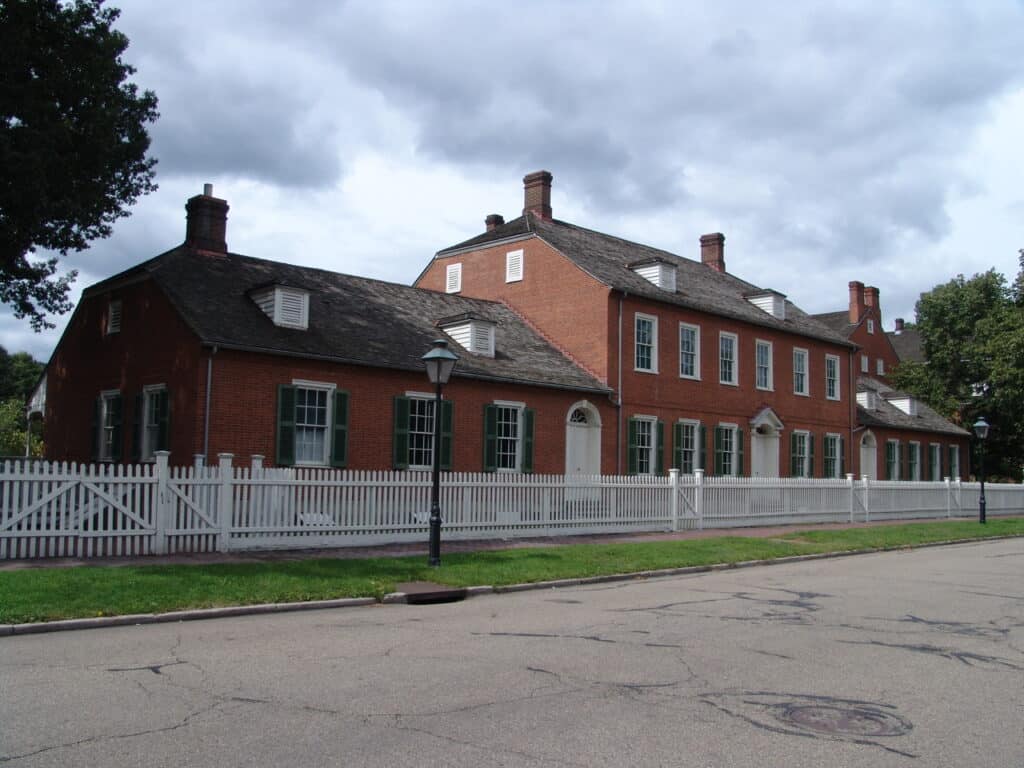
The Old Economy Village in Ambridge, which is a restored 19th-century Harmonist village that showcases the religious and social beliefs of the Harmonist Society.
Old Economy Village is a historic site located in Ambridge, Pennsylvania, and it is a restored 19th-century village that was once home to the Harmony Society, a religious communal society. The village is operated by the Pennsylvania Historical and Museum Commission, and it offers visitors a glimpse into the past and the way of life of the society’s members.
Visitors to Old Economy Village can take a self-guided tour of the site, which includes a visit to the main buildings of the village such as the church, the auditorium, the manager’s house and the members’ houses. The village features exhibits, artifacts, and interactive displays that provide information about the history of the Harmony Society and the way of life of its members.
Parts of the village also offers guided tours, which provide additional information about the history of the village, the society, and its members. The tours also include a visit to the museum which has a collection of artifacts, photographs, and documents related to the society.
Visitors can also experience life in the village by participating in the hands-on activities such as blacksmithing, spinning, and weaving. The village also has a beautiful garden where visitors can stroll around and learn about the different plants used by the society for medicinal and culinary purposes.
Overall, visiting Old Economy Village is an educational and engaging experience. The village provides visitors with a unique opportunity to learn about the history and way of life of the Harmony Society, and to gain a deeper understanding of the past. The village also offers visitors the opportunity to participate in hands-on activities that bring history to life, making it a fun and informative visit.
6. Falling Water
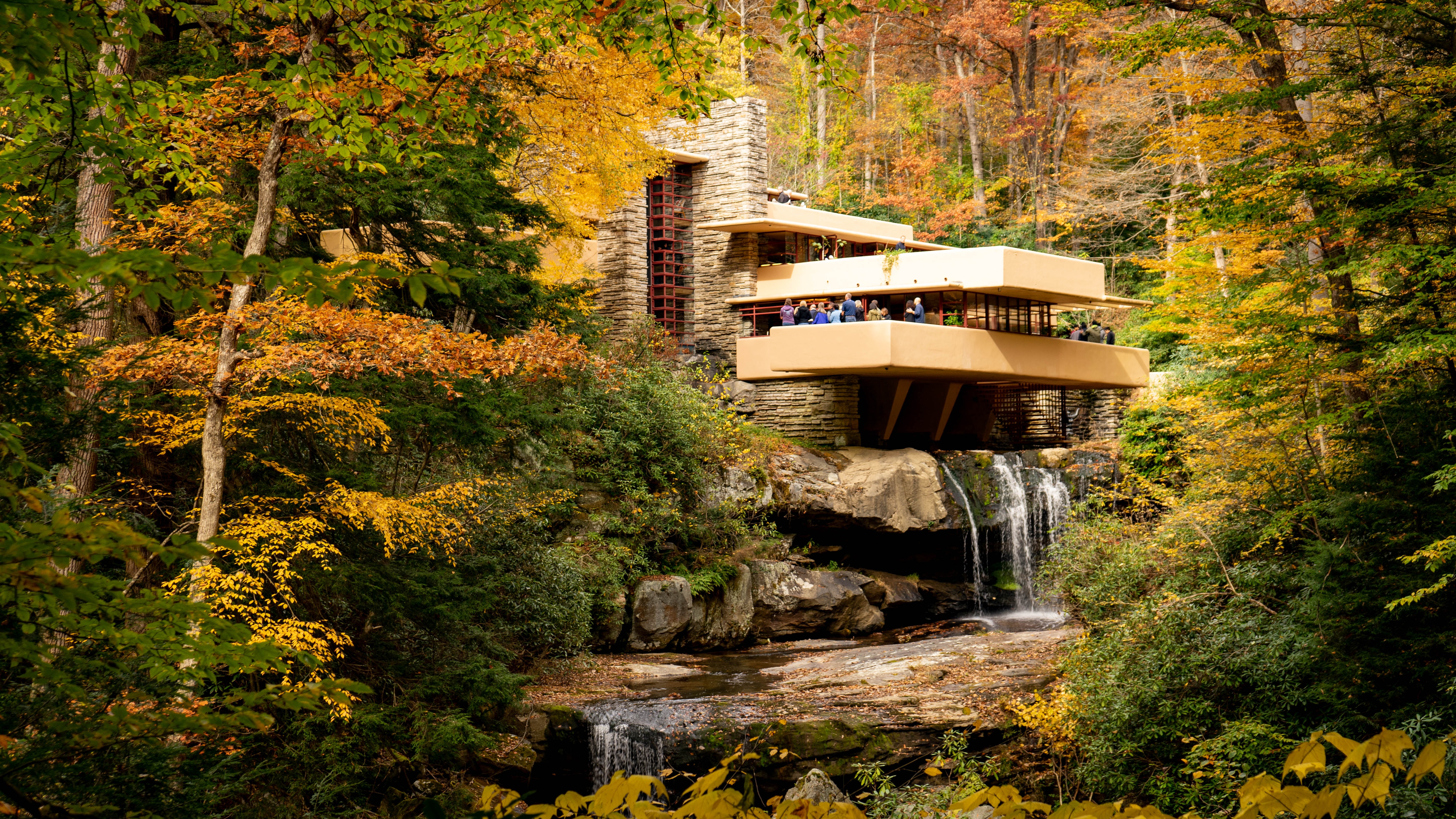
Fallingwater, also known as the Kaufman House, is a National Historic Landmark located in the southwestern Pennsylvania of the Laurel Highlands. It was designed by the famous American architect Frank Lloyd Wright and was built between 1936 and 1939. The house is built over a waterfall, hence the name “Fallingwater.”
Visiting Fallingwater is a unique experience. The house is located in a secluded area, surrounded by lush greenery and the sound of the waterfall. Visitors can take a guided tour of the house, which includes access to the living areas, bedrooms, and terraces. The tour guides are knowledgeable and provide interesting information about the design and construction of the house, as well as its history and the life of the Kaufman family, who were the original owners.
One of the most striking features of Fallingwater is the use of natural materials, such as stone and wood, in the construction of the house. Wright’s use of natural materials and his integration of the house with its surroundings are considered to be hallmarks of his architectural style.
Fallingwater is a must-see for architecture enthusiasts, as well as anyone interested in the history of American design and culture. It is a unique and beautiful example of Frank Lloyd Wright’s work, and the setting is breathtaking. Plan your visit well in advance, as tours often sell out quickly. Keep in mind that Weekdays are less busy than weekends when planning your visit
These are just a few examples of the many historic places in Western PA to visit. I hope you found a few places (or all!) that you’d like to visit!
If you liked this post, have a look at my other post about Historic Homes in to visit in Eastern Pa too!
Common Questions About Historic Places in Western PA
What other historical things are in Pittsburgh?
Since Pittsburgh, Pennsylvania has a rich history that dates back to the French and Indian War in the mid-18th century, there are many historic sites and things to visit. Here are some historical things you can find in Pittsburgh
- Cathedral of Learning: The University of Pittsburgh’s iconic Gothic-style tower is home to the Nationality Rooms, a collection of classrooms representing the cultures of various ethnic groups that settled in Pittsburgh.
- Duquesne Incline: This historic funicular railway provides a scenic view of the city and was originally built to transport workers up and down Mount Washington.
- Frick Art & Historical Center: This estate once belonged to Pittsburgh industrialist Henry Clay Frick and now features a museum, art gallery, and gardens.
- Carnegie Museum of Natural History: Founded in 1896, this museum features exhibits on natural history, including dinosaur skeletons, minerals, and wildlife.
- Andy Warhol Museum: This museum is dedicated to the life and work of Pittsburgh-born pop art icon Andy Warhol.
- Homestead Strike: The site of the 1892 labor dispute between the Carnegie Steel Company and striking workers is now a National Historic Landmark.
- Phipps Conservatory and Botanical Gardens: This Victorian-era greenhouse features a variety of exotic plants and flowers and is a National Historic Landmark.
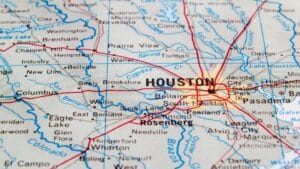

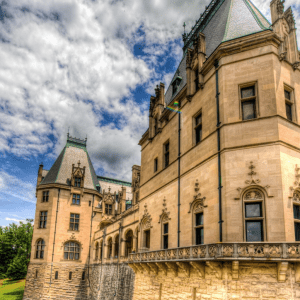



One Comment